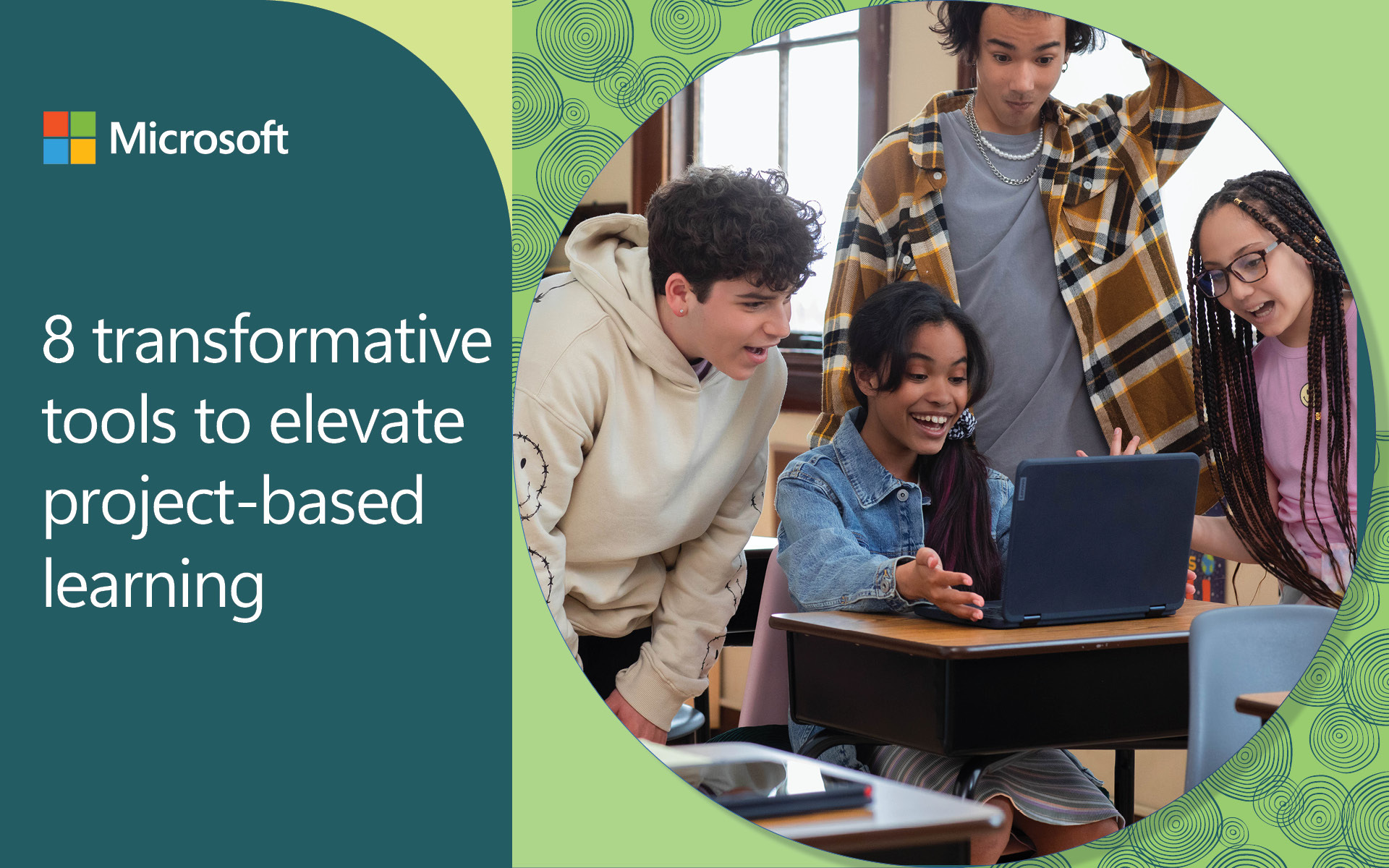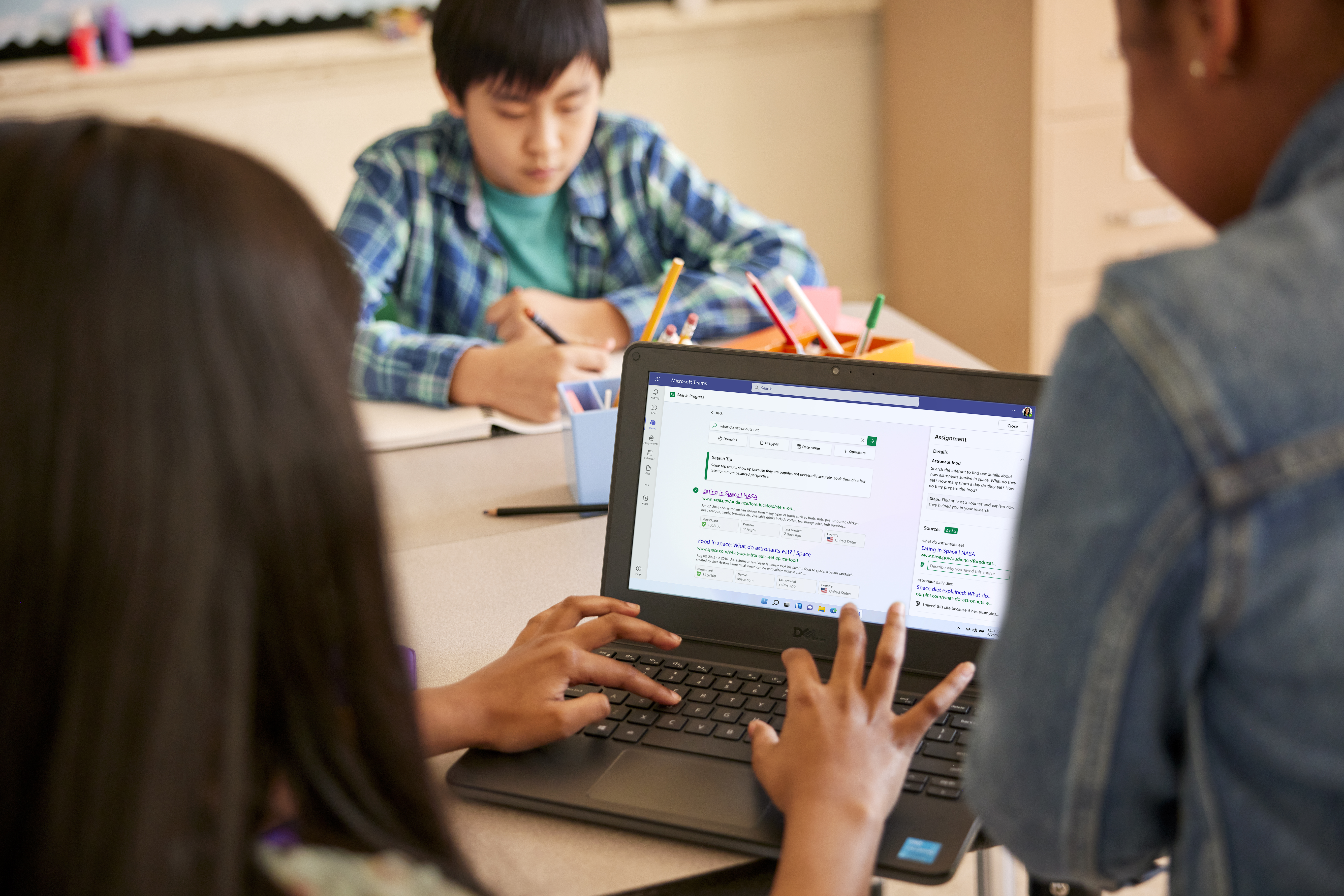The pandemic has disrupted every industry—education included—and research shows that the past two years of distance education have interrupted learning for many students, especially those who are part of vulnerable populations.
Sarasota County Schools, a diverse, Florida district of more than 41,000 students, has worked to tackle the issue head-on with Microsoft’s Reading Progress, a free tool built into Microsoft Teams to help students improve their reading fluency. The district has in turn helped bring equity and inclusion to the forefront.
In piloting Reading Progress, through a program with Microsoft and using the HP Probook 640 device for educators and the HP x360 for students, Sarasota County Schools and its educators, such as Anita Dennison, were able to make a notable difference. They traded in traditional, time-consuming running records—a practice in which students read aloud to a teacher as the teacher codes their reading level and needs—for automated coding of students’ independent, recorded readings. This streamlined practice is one that can not only build students' skills and confidence as they’re able to practice privately without worrying about judgment from observers, but can also save teachers valuable time so they can focus on other tasks important to improving student learning.
Here’s how Reading Progress helped Sarasota’s students catch up and embrace reading—and how the tool can help students in other districts, too.
Fostering equity-first learning
Anita’s classroom, where she teaches intensive reading to a mix of learners in grades 6-8, centers around helping vulnerable students, such as English as a Second Language (ESL) students and special education students. Her aim is to improve their reading levels, which are at a kindergarten to sixth grade level when they first enter her doors.
Throughout the pandemic, her classroom took on a unique form as she taught in person to both students who were present in the room and students who tuned in remotely from home. It wasn’t long before pandemic-related learning interruptions became apparent: her students were less focused, paying less attention, not completing assignments, and not following directions. “You could tell that they were doing 5,000 other things,” Anita said.
But in October 2021, Reading Progress made its way to Anita’s classroom, significantly improving students’ performance and confidence.
“The repetitiveness of [Reading Progress]…increases their reading skills, so then they’re more willing to participate because they feel successful,” Anita said. “It’s incredibly spot-on.”
This not only helps vulnerable students in classrooms like Anita’s but can benefit students who struggle with anxiety in any classroom. As they feel more comfortable reading aloud independently, they’re more relaxed doing it in front of others, which allows learning gaps to close and enables equity to flourish.
“I have a lot of English as a Second Language students. They do not want to read out loud, ever, because they’re afraid to get made fun of…it takes a long time to get them to participate,” said Anita, who added that Reading Progress “definitely has an effect on the equity across the board.”
Another free reading tool has helped foster equity and support student learning, too. That tool, Immersive Reader, is likewise built into Teams and increases the readability of content by giving students the ability to have content read aloud to them and to adjust settings such as font spacing and text size. Anita has leveraged it in her eighth grade class for quizzes on listening comprehension, and it has helped students grow the confidence needed to effectively practice and improve their literacy. One such student with cognitive differences who entered Anita’s class reading at a kindergarten level left her class reading at a third-grade level.
When that student first met Anita, he told her he couldn’t read, but “by the end he was saying he could read, and he would tell his other teachers he could read…his effort went through the roof,” Anita said. “He definitely gained confidence and would try things on his own more.”
Making time for inclusion
There’s no one-size-fits-all approach to learning, and Reading Progress has enabled educators in Sarasota’s district to individualize student learning experiences in a way that supports inclusivity.
The automation of the time-consuming practice of running records allowed educators like Anita and her colleague, Nicole Vickers, who is a middle school intensive reading teacher in Sarasota County Schools, to have more time to develop personalized learning plans and educational strategies for individual students—thanks to the data from Reading Progress.
“[Students] get such a better insight into seeing themselves, and it feels less like yet another assessment,” said Nicole. And as students feel more connected to the material they learn, and become empowered by the individualized strategies their teachers create for them, the students ultimately feel better seen, heard, and included in class.
“Some of my students are a hard group to engage,” said Anita. “But with this reading program, they’re buying in. They’re investing. And that’s huge.”
Sarasota’s decision to integrate Reading Progress into classrooms like Anita’s underscores how access to the right tools can create more effective, equitable, and inclusive classrooms.
Read more about the success story of Sarasota County Schools and sign up for the Microsoft Newsletter to learn how school districts across the country are transforming learning with Microsoft Education.




